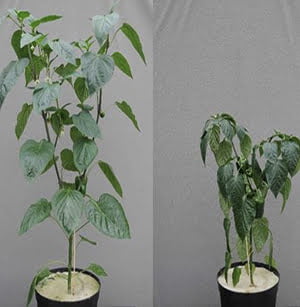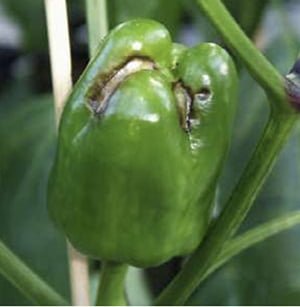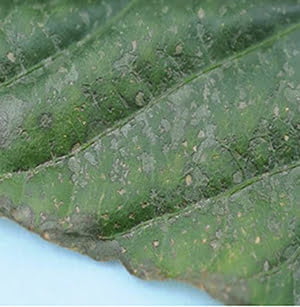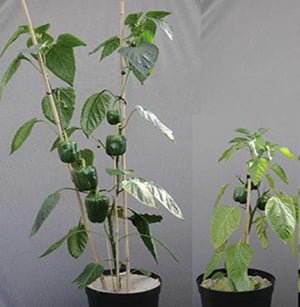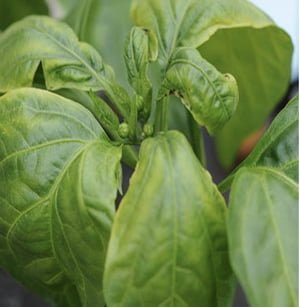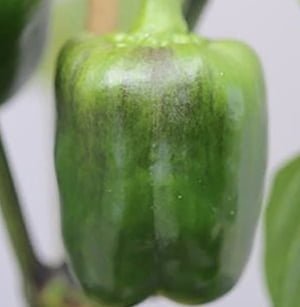Pepper Farming
Products
KG/Da
Super Economic Proposal
Products
KG/Da
What if pepper is not fed sufficiently?
If pepper cannot get sufficient nutrients from the soil during its growth, it may show the following signals.
Potassium (K) deficient:
Potassium plays an important role in activating enzymes that provide the plant’s metabolic activities, therefore, in photosynthesis, efficient use of root water and transportation of nutrients in the plant. Potassium deficiency deteriorates the development of the pepper, which is observed as short growth and sparseness of its leaves. In the image below, the difference between a pepper seedling with enough potassium and a pepper with potassium deficiency can be clearly seen. In addition, another emerging symptom is the lightening of the leaf blade and staining in brown tones.
Phosphorus (P) deficiency:
Phosphorus is one of the main components of plant energy production, but it also plays an important role in the regulation of protein synthesis. Phosphorus is also required for the growth and energy transmission of plant tissues. The healthy development of the roots is directly related to sufficient phosphorus intake. Phosphorus deficiency causes the leaves to turn to a darker green color and yellow spots are observed on the leaf. As it can be seen from the first image below, the phosphorus that is taken inadequately causes stunt development in the plant, which creates dark brown colors on the vegetable and compared to usual crops, shorter and narrower fruit yields come out.
Calcium (Ca) deficiency:
Calcium is one of the main plant nutrients required for plants to yield high quality and productive crops. The lack of calcium does not allow the plant to remain alive. It also causes the leaves to take shape out of normal and moist spots appear in the lower parts. Different parts may remain healthy in the same plant. The point to be considered in calcium deficiency is that the symptoms of deficiency show up suddenly and intensely.

